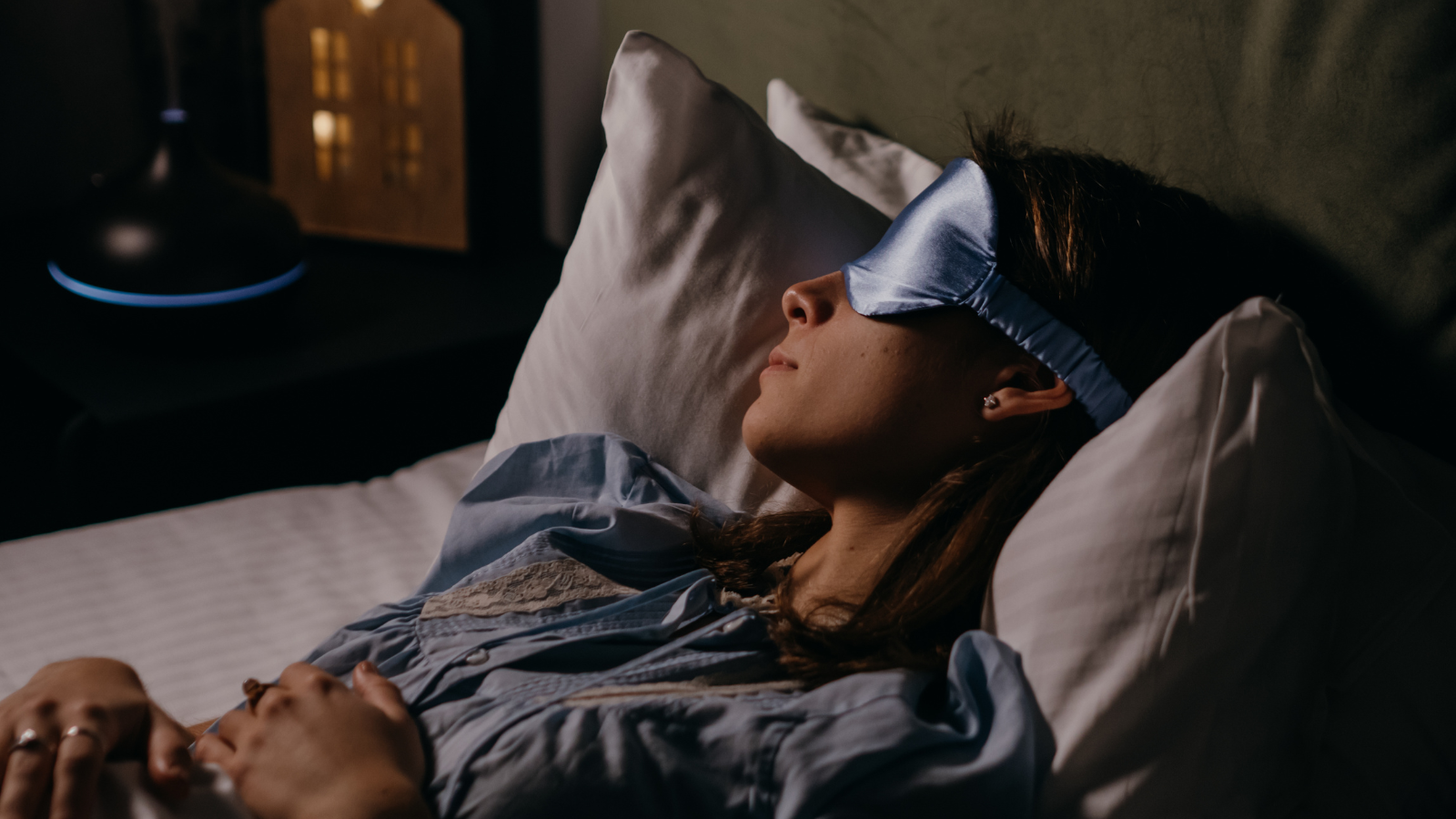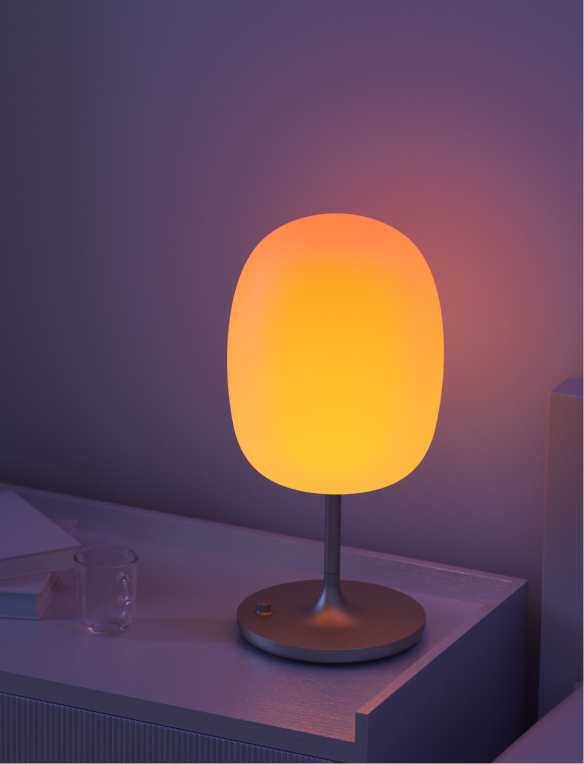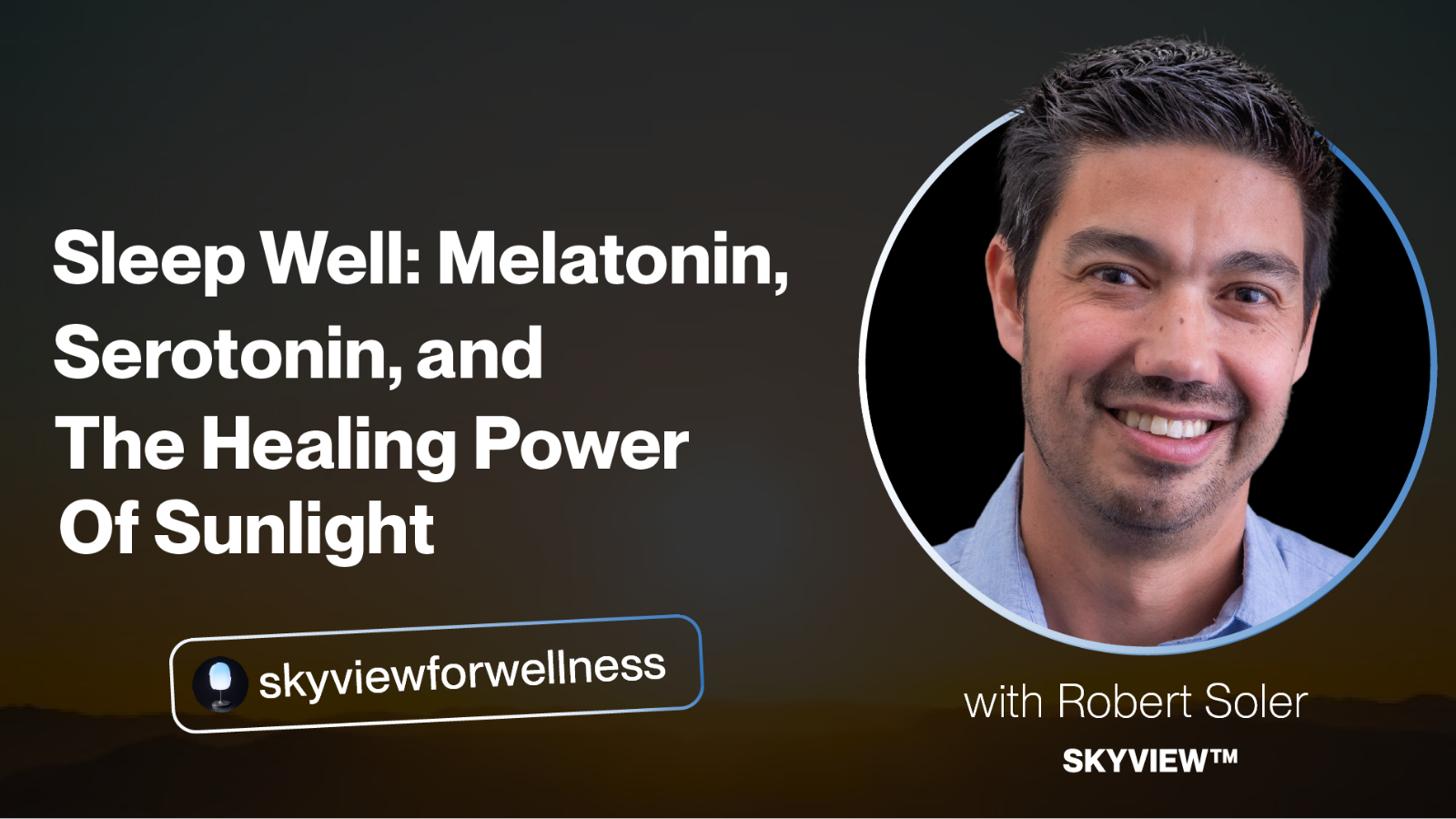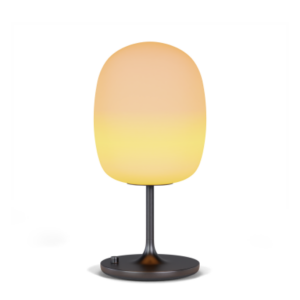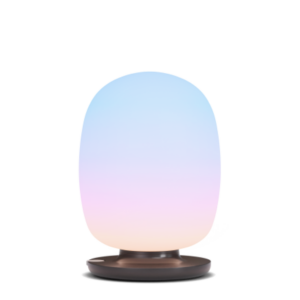Sunlight’s Impact on Melatonin: The Importance of Light Exposure
Melatonin, the ‘hormone of darkness,’ is responsible for signaling to our body that it’s time to sleep. The production of melatonin kicks in when the pineal gland in our brain responds to the darkening environment. However, our exposure to light, especially sunlight, during the day plays a significant role in maintaining our natural sleep rhythms.
If you’re exposed to bright artificial light at night, it can mess with your melatonin production, making it difficult to fall asleep. More importantly, when your circadian rhythm and melatonin production gets thrown off, it sets off a domino effect of imbalance in our body which can lead to a number of health issues. So, finding the right balance and timing of light exposure is crucial for not only a good night’s rest, but also an in-tuned circadian rhythm.
The Serotonin Connection: Daytime and Sunlight Contributes to Better Sleep
During the day, serotonin, often known as the ‘feel-good hormone,’ keeps us awake and alert. Interestingly, serotonin is a precursor to melatonin. When sunlight enters our eyes, it stimulates serotonin production, and as night falls, the “master clock” prompts the conversion of serotonin to melatonin, preparing us for restful sleep.
This highlights the significant impact sunlight has on our sleep and overall well-being. Our eyes, as part of our brain, detect natural light and help synchronize our internal rhythms with the solar day. As the day progresses and sunlight wanes, our bodies naturally prepare for sleep.
